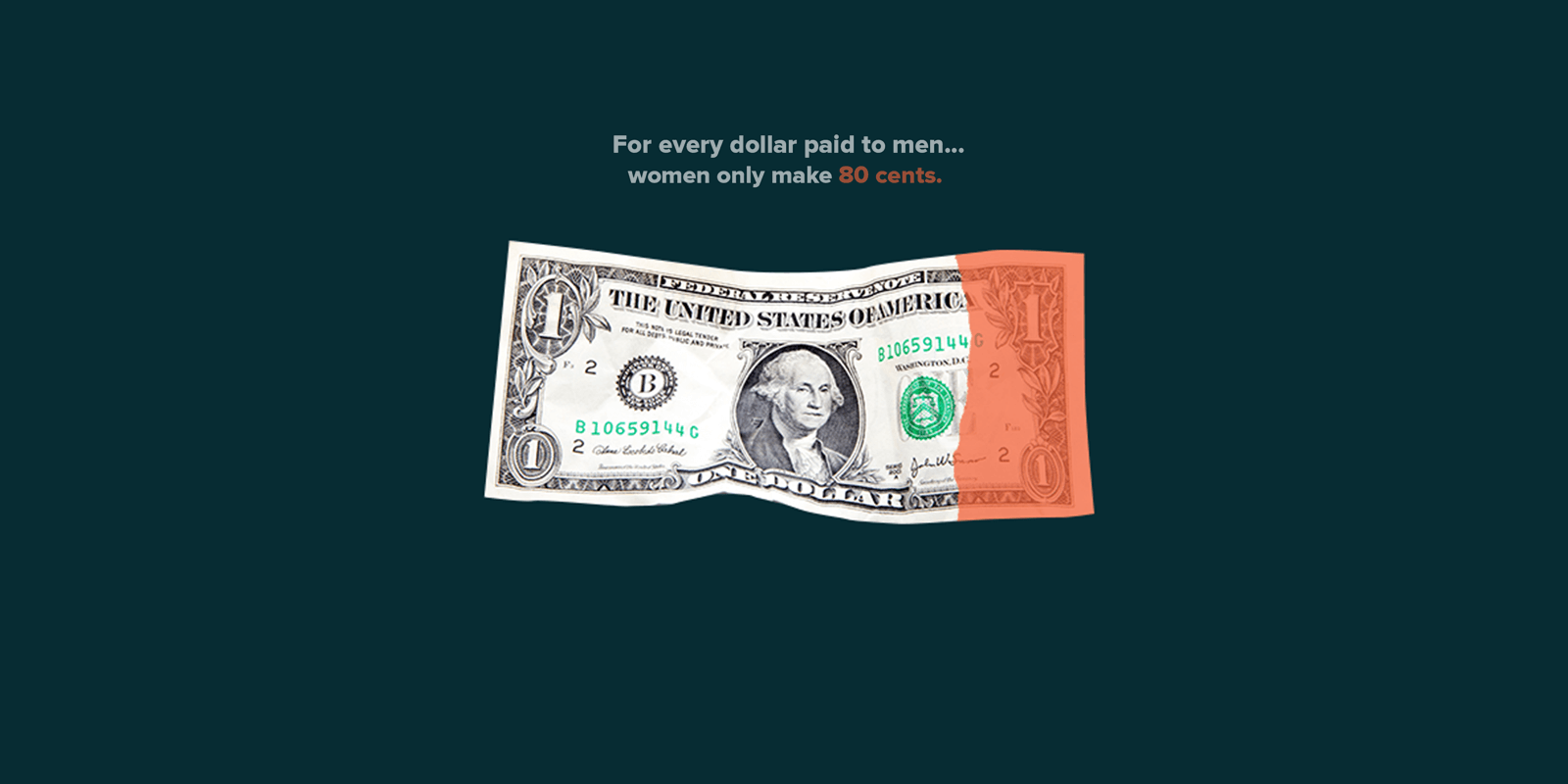In the 1980s, I was living and going to school in Minnesota when women who worked for state government won a big victory. They got the state to increase the pay of women in “female dominated jobs” by passing a pay equity bill. In other words, they put a dent in the gender pay gap. As a student, I researched and wrote about the process of crafting, passing and implementing that legislation. And I learned something that I have never forgotten: the union made it happen. And not just any union. Our union: AFSCME.
One reason for AFSCME’s support for the pay equity bill was the fact that in Minnesota at that time, it was possible and even common for a female head of household to work full time and still be below the poverty line. Raising wages in female-dominated jobs is one way to lift women and families out of poverty. And despite the efforts of our union and others, the same injustices persist today.
Today, April 2, is nationally known as Equal Pay Day for 2019. This date is symbolic because it represents how far into the year women must work to earn what men earned in the previous year.
Nationwide, women still earn $0.80 on the dollar relative to their male counterparts — and that wage gap is even greater for women of color. Black women earn 61 cents, Latina women 53 cents, Native Hawaiian and Pacific Islander women 62 cents, Native women 58 cents, and Asian women 85 cents for every dollar paid to a white man who performs substantially equal work. It’s clear we must continue to fight for pay equity in the workplace.
Last week, the U.S. House of Representatives (which has more women than ever in American history) voted to pass the Paycheck Fairness Act, which will help ensure women receive equal pay for equal work.
The Paycheck Fairness Act aims to end gender-based wage discrimination by closing loopholes in the Equal Pay Act of 1963. Among its provisions, it would:
- Ban employers from asking candidates how much they earned in previous jobs, so that discriminatory wages received throughout a woman’s lifetime will no longer follow her into future workplaces;
- Eliminate employer rules prohibiting workers from talking about their salary information, allowing women to ask how much their co-workers are making and find out if they’re underpaid;
- Require pay transparency. Employers would have to share salary data with the Department of Labor and the Equal Employment Opportunity Commission, so those federal agencies could watch out for potential discriminatory practices.
There is much that we must do to close the gender pay gap and end the injustice of poverty level wages in general. Legislation like the Paycheck Fairness Act is one. And now that the House has passed the bill, it’s time to call our U.S. senators and demand that they do the same. But there’s an even better way to address wage inequities, for women and all workers, and that’s collective bargaining.
As I learned back in the 1980s, the Minnesota Pay Equity bill was passed because of the strength of AFSCME, the union representing state workers. And it worked to raise the pay of women because AFSCME negotiated the raises called for by the legislation through the collective bargaining process.
On this Equal Pay Day, we remember that the work of closing the gender pay gap is not done. And the work of organizing women and men to demand a voice on the job and a seat at the table is more important than ever before.
